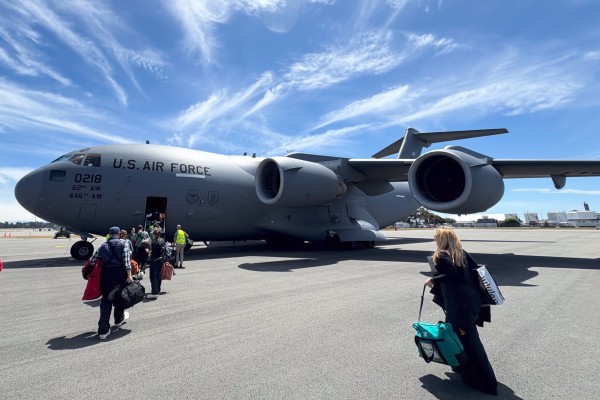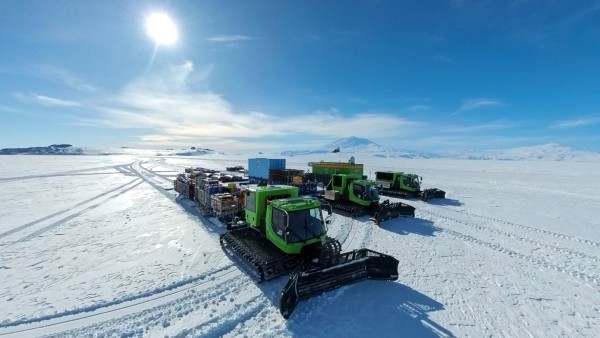We are concerned about the carbon footprint of our SWAIS2C project. Antarctic logistics and operations are fossil fuel intensive. As a climate science focused project we believe we must understand, acknowledge, and work to minimise the carbon we will emit as we strive to improve our understanding of Antarctic Ice Sheet response to warming produced by the burning of fossil fuels.
We’ve worked with Antarctica NZ and Earth Sciences New Zealand to calculate the emissions that we will emit while we recover core at our first Kamb Ice Stream expedition. Our estimates include shipping, flights to and from Antarctica, fuel for our traverse and drilling operations. These show we will emit around 519 tonnes of CO2 equivalent. This is approximately the same amount of CO2 emitted by a single 787 Dreamliner plane full of passengers flying from London to Singapore.

Unfortunately, reducing these emissions is very difficult due to the Antarctic conditions and the technology that can deal with those conditions – we cannot replace diesel powered PistenBully vehicles with EVs or hydrogen powered vehicles for the 1100 km-long traverse (yet). But we are looking to offset our emissions. We also firmly believe that costs to acquire the materials and data that allow us to examine the sensitivity of the West Antarctic Ice Sheet are outweighed by the benefits. But the challenge for the future is clear – find a way to keep doing key research while minimising our impact on the planet.
